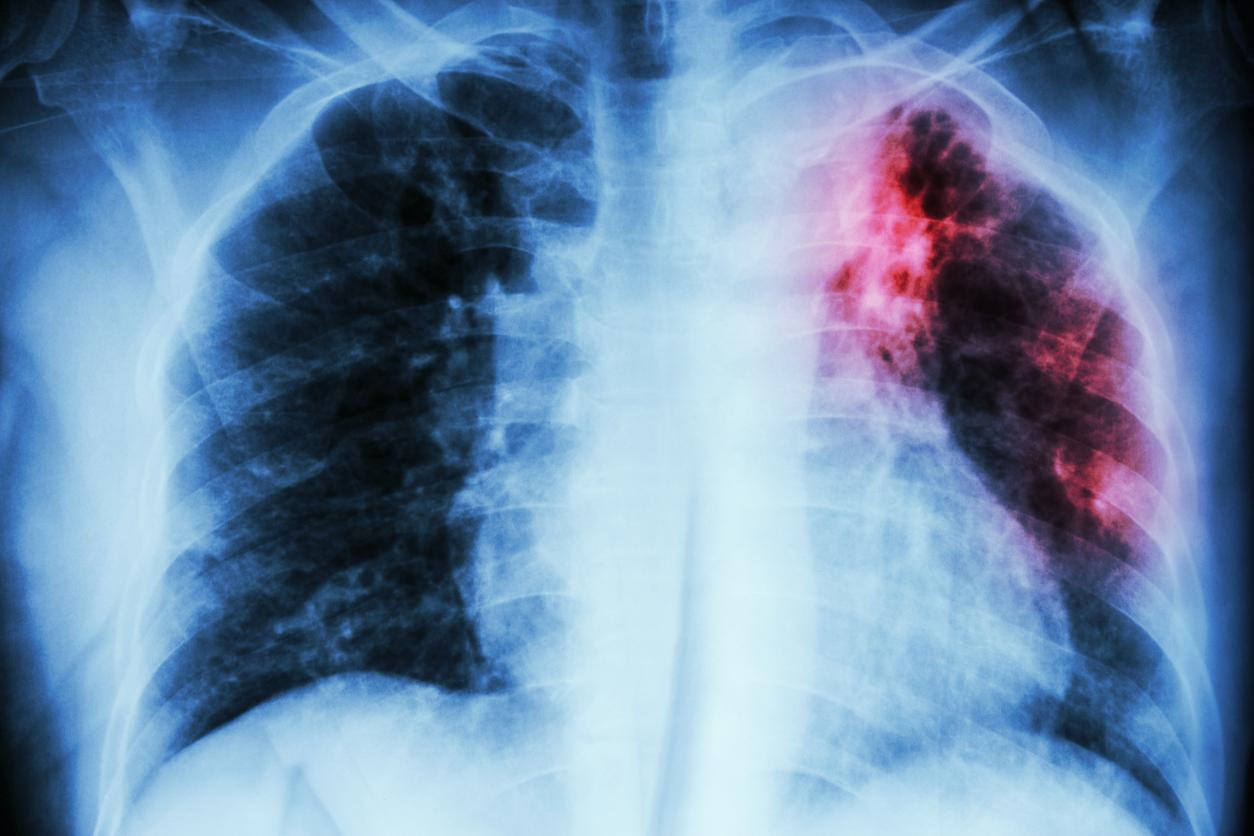Ten measures taken to improve health status have yielded results since 2000, including the fight against HIV and malaria, and immunization coverage.

Since 2005, the World Health Organization has published its world health statistics, a barometer of the health status of the population of 194 countries. The WHO thus provides a snapshot of the progress and threats in health. This Friday, figures for 2015 were revealed by the UN organization.
In one year, 56 million people died across the world. Among these deaths, the cause is recorded for almost half, or 27 million. In 2005, this was only the case for a third. Emerging countries, such as China, Turkey and Iran, are now sharing detailed statistics.
Progress on infectious diseases
These figures allow the WHO to take stock and set public health objectives. “If countries don’t know why people get sick and what they’re dying of, then it’s much more difficult to figure out what to do,” says Dr Marie-Paule Kieny, Assistant Director-General at WHO for the Healthcare Systems and Innovation Group.
“WHO is working with countries to strengthen health information systems and enable them to better monitor progress towards the Sustainable Development Goals. “
The report notably made it possible to show that among the measures and commitments made, ten points have improved since 2000. The management and treatment of HIV infections (a third fewer HIV-positive patients) and the reduction in cases of HIV infection. malaria thanks to mosquito nets are among the most spectacular successes: 60% of people living in risk areas have access to impregnated mosquito nets.
Access to antenatal care has also increased, reducing the risk of miscarriage, and maternal and child deaths. These fell by 44%.
Can do better
Progress does not prevent continuing the effort. By 2030, the WHO hopes to reduce the rate of 216 maternal deaths per 100,000 births from 2015 to less than 70. The annual decline recorded since 1990 will have to be tripled.
HIV infected 2.1 million people again in 2015. This is 35% less than in 2000, but to eradicate the disease, she wants to achieve the 90-90-90 rule: 90% of people HIV-positive people know their status, 90% of those who know their status are treated with antiretrovirals, and 90% of those treated have an undetectable viral load.
Chronic illnesses and accidents
In addition to infectious diseases, the organization is now focusing on non-communicable diseases, particularly linked to the global rise in obesity. The probability of dying from diabetes, cancer, or chronic heart or lung disease in 2015 was 19% among those aged 30-70. While this represents a 17% decrease from 2000, the total number of deaths continues to increase.
Road accidents are also on the rise: since 2000, the number of fatalities has increased by 13%, so much so that in 2015, 1.25 million people died on the world’s roads. It is the main cause of death for 15-29 year olds.
.















